About ʻImiloa
‘Imiloa is a community outreach, multi-service organization of the University of Hawaiʻi at Hilo dedicated to serving local and visitor communities through quality education programs strengthened by the core academic offerings of UH Hilo. Our programs and services include, but are not limited to PreK-12 grade programs, after school programs, day camps, Hawaiian language and culture based enrichment programs that focus on local science research, cultural advancement and environmental stewardship.
ʻImiloa brings together members of the Hawaiian and astronomy communities to share a common vision for the future, bringing information about the cultural and natural history of Maunakea to students, teachers, our local residents, and visitors from around the world. ‘Imiloa links to early Polynesian navigation history and knowledge of the night skies, and today’s renaissance of Hawaiian culture and wayfinding with parallel growth of astronomy and scientific developments on Hawaii Island.
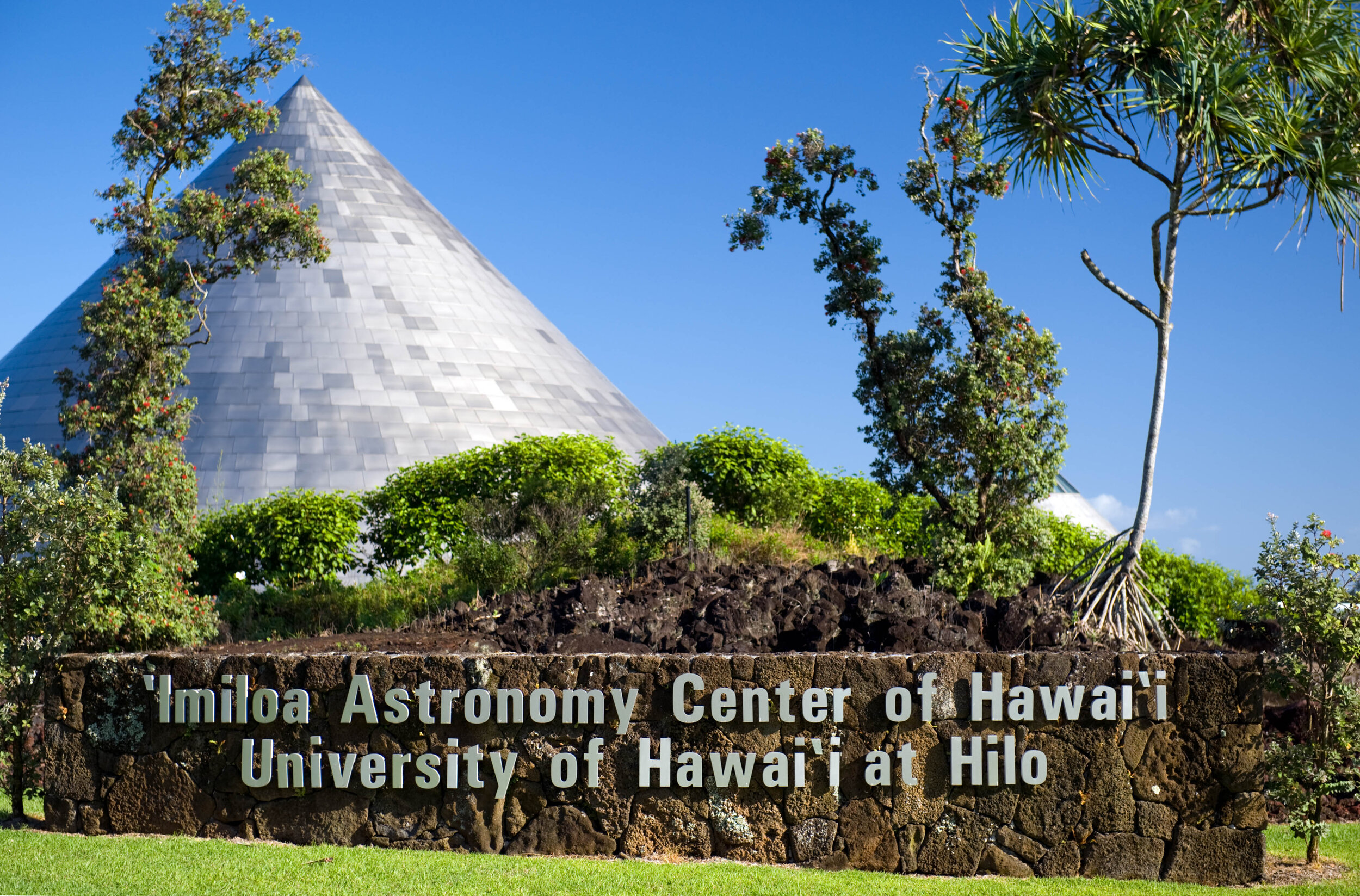

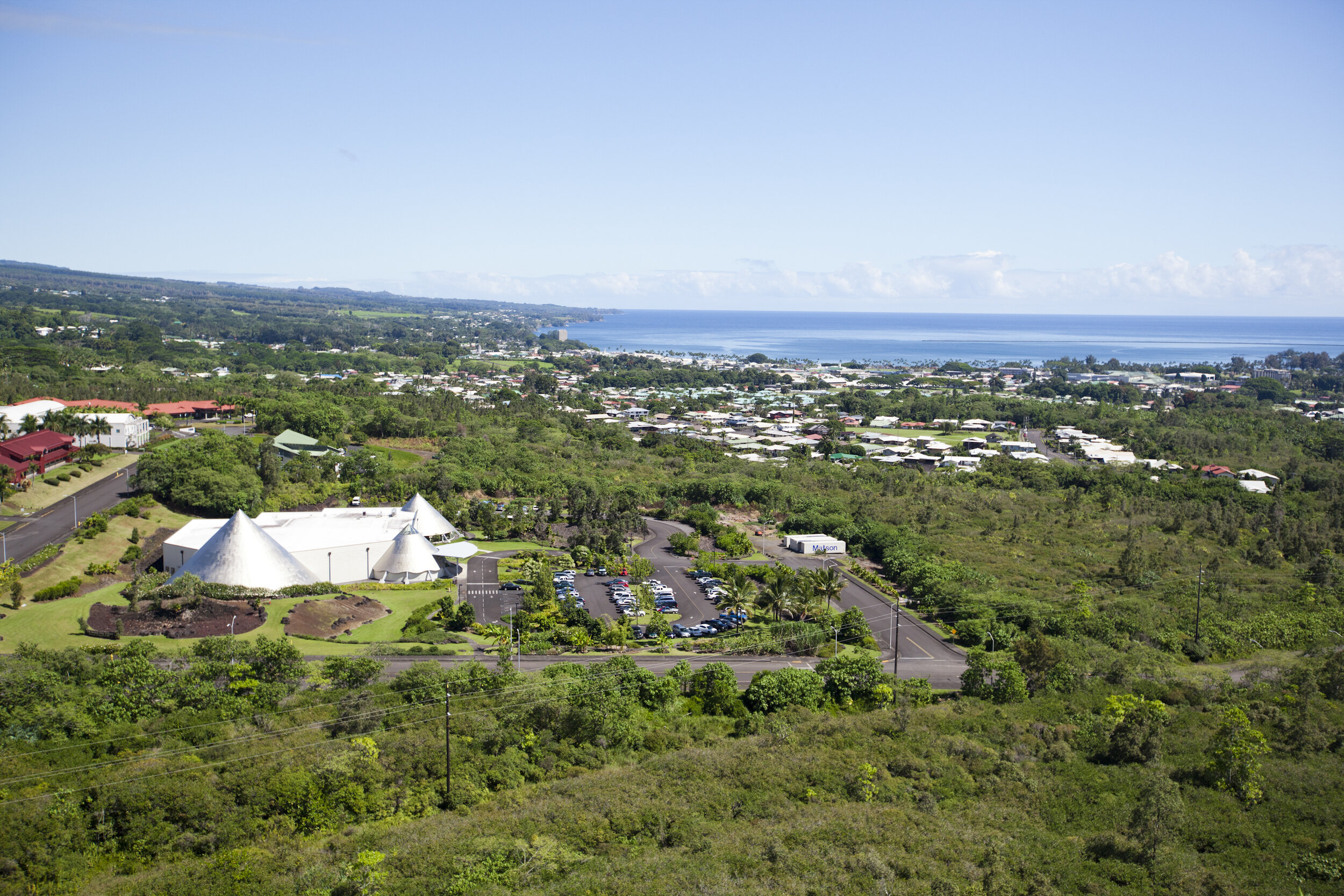
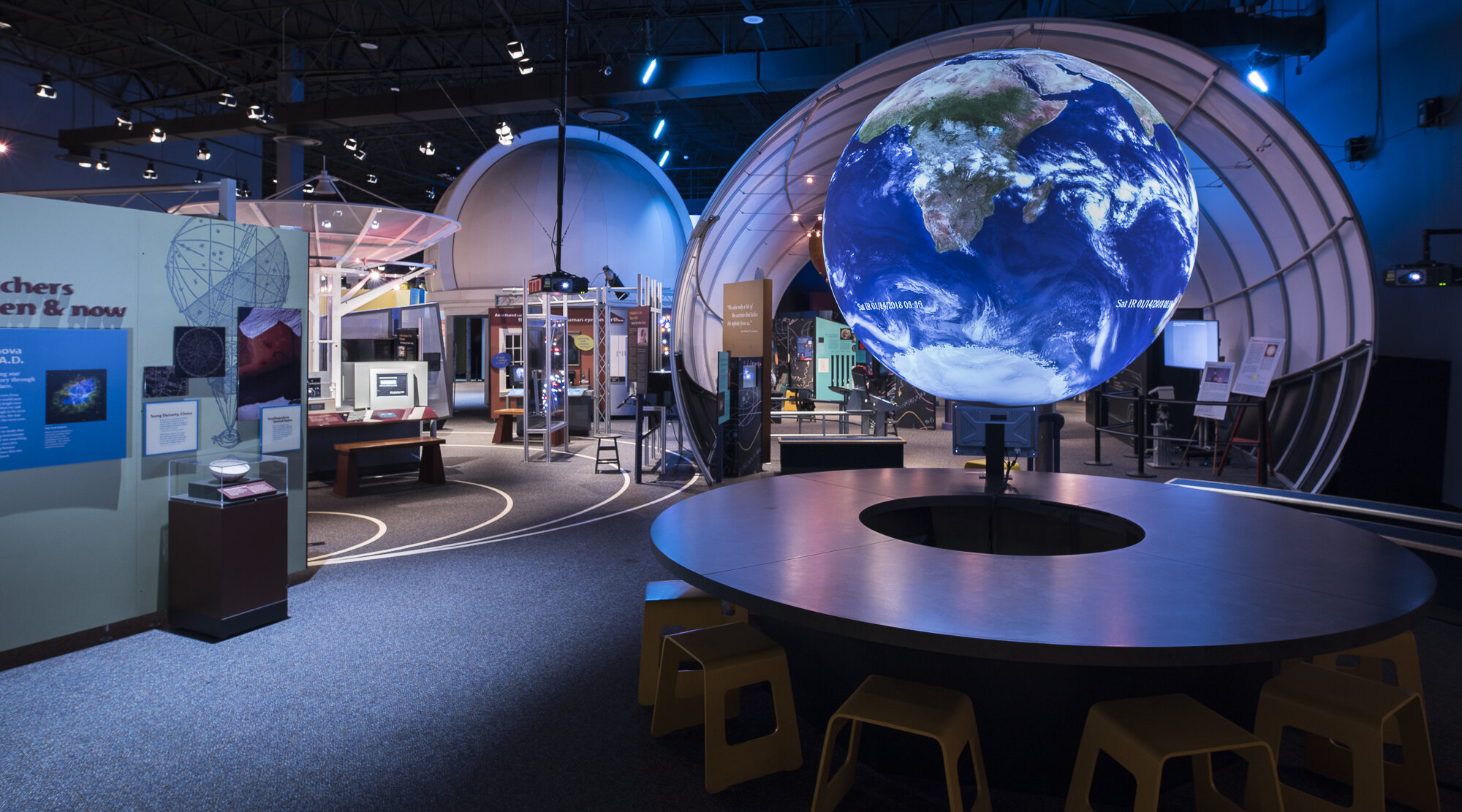
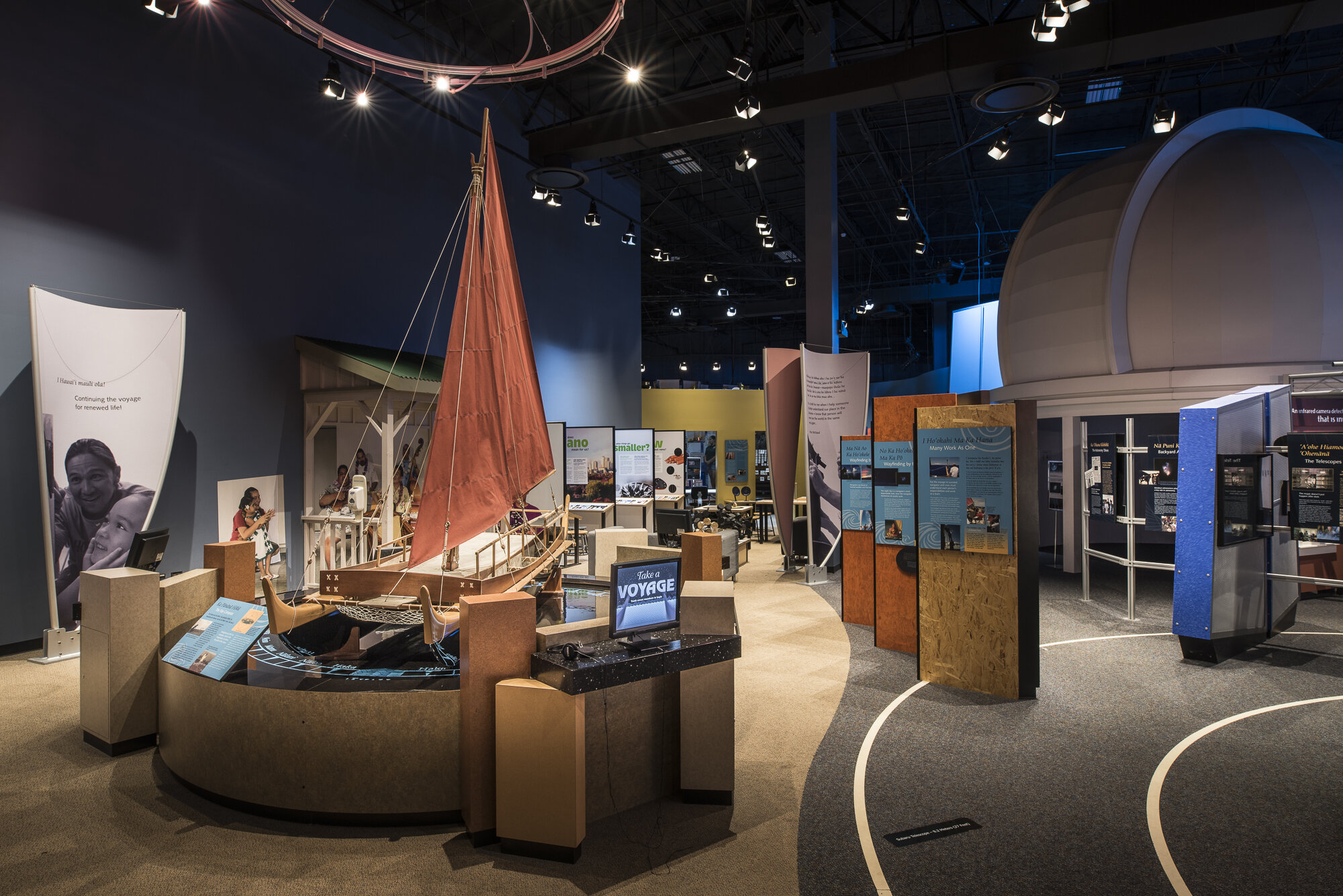
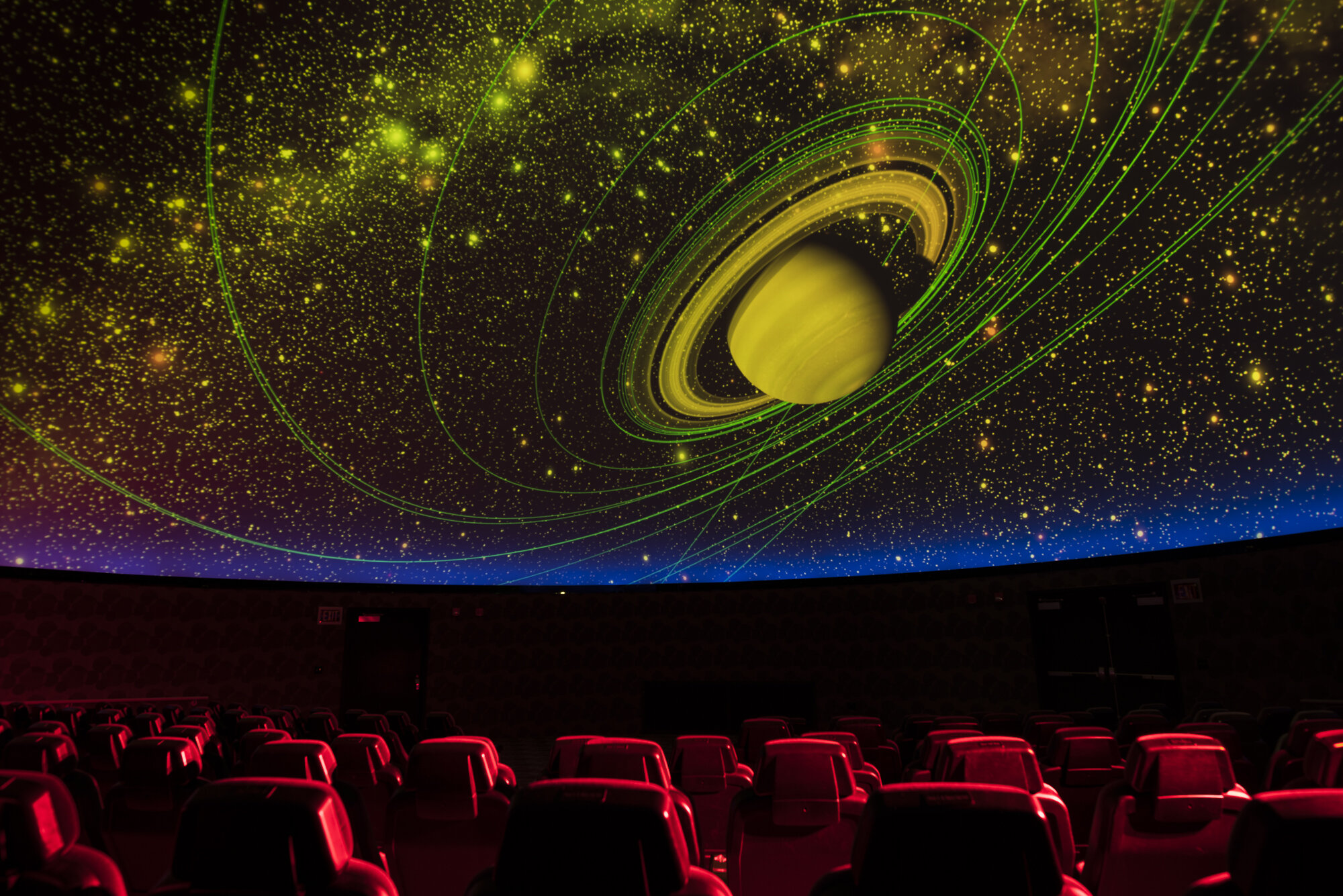
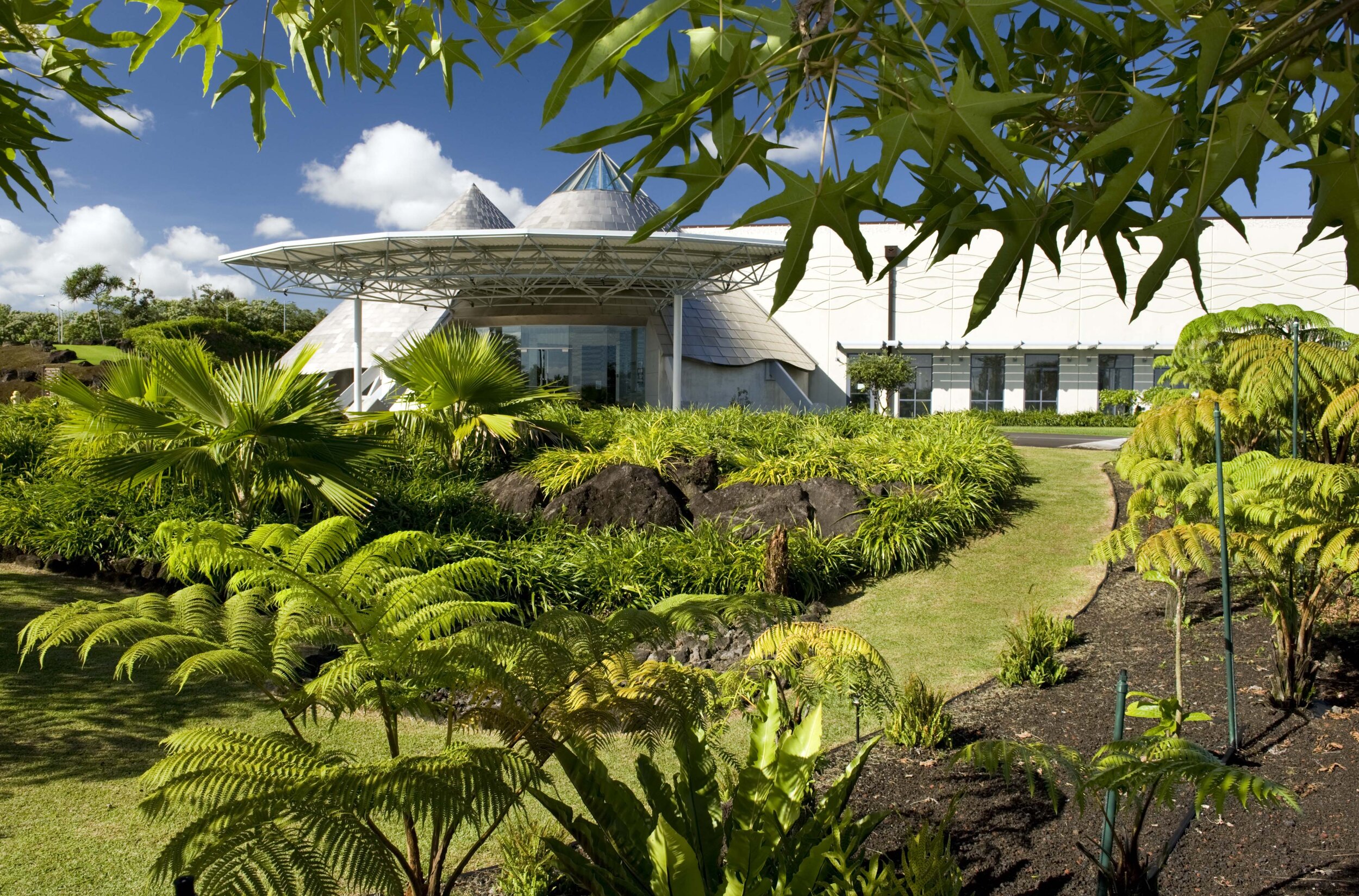
Our History
‘Imiloa Astronomy Center of Hawaii, a part of the University of Hawaii at Hilo, opened its doors on February 20, 2006.
The $28 million, 40,000-square-foot exhibition and planetarium complex is located on nine acres in the University of Hawaii's Science and Technology Park, above the UH-Hilo campus.
Originally called the Maunakea Astronomy Education Center, Imiloa was developed in the mid-1990s by a team of educators, scientists and community leaders who understood the need for a comprehensive educational facility that would showcase the connections between the rich traditions of Hawaiian culture and the groundbreaking astronomical research conducted at the summit of Maunakea.
Our Mission, Vision & Values
KE ALA NU‘UKIA: Our Mission
'Imiloa's mission is to honor Maunakea by sharing Hawaiian culture and science to inspire exploration.
KA NU‘UKIA: Our Vision
‘Imiloa is a place of life‐long learning where the power of Hawai‘i’s cultural traditions, its legacy of exploration, and the wonders of astronomy come together to provide inspiration and hope for generations.
KAIWIKUAMO‘O ‘IMILOA: Core Values
‘Imiloa means to seek far and is the Hawaiian word both explore and explorer. Through a Hawai‘i lens, we explore our place in the genealogy of the universe and continually seek, learn, and adapt to our ever-evolving environment that inspires discovery and innovation through three core values.
1. Kama‘āina - We honor our relationship to land, sea and sky and share this connection through personal and enlightened hospitality.
2. Na‘auao - We steward our collective knowledge and wisdom as provisional resources that illuminate our community today and tomorrow.
3. Hanakahi - We work together, drawing upon individual strengths and talents to harness our collective synergy and advance the mission of ‘Imiloa.
One of the key driving forces behind 'Imiloa was former U.S. Senator Daniel Inouye, who helped secure federal funding at every step from planning to construction.
"Let us proceed forward, working together through open communication and, where necessary, compromise to allow for continued scientific exploration and discovery... [and] education that bridges astronomy and culture in a way that will inspire Hawaii's children to seek a career in science. I look forward to working with you."
- The late U.S. Senator Daniel K. Inouye, 10/01/01
A Content Advisory Panel contributed to early discussions about what ‘Imiloa's interpretative mission would be. This group included:
Chad Baybayan - Michael West - Andrew Pickles - Walter Steiger - Wendy Light - James Kennedy - Rolf-Peter Kudritzki -Tetsuo Nishimura - Anthony Schinckel - Richard Chamberlain - Kalena Silva - Ed Stevens - Clay Bertelmann - Bobby Bus - Richard Crowe - Nainoa Thompson - Elisa Yadao - Robert Kihune - Valerie Takata - Larry Kimura - David Byrne - Brent Tully - Don Burciaga - Mike Mabery - Leilehua Yuen - Margaret Haig - Laura Kraft - Mike Shanahan - Ka‘iu Kimura - Stephanie Macias - Robert McLaren - Bill Stormont

